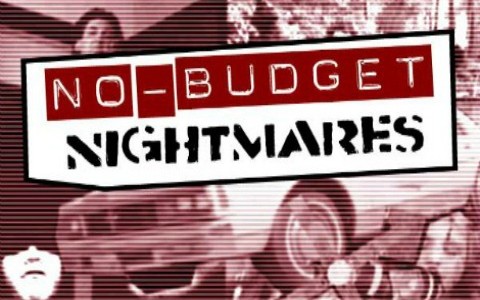Some Key Education Programs Alive in NCLB Rewrite, But Dead in the Budget

If you care about K-12 education, there are two things you're probably watching in Congress this fall: the federal budget process and the reauthorization of the Elementary and Secondary Education Act.
But, when it comes to some federal programs—including top priorities of the Obama administration and congressional Democrats—these two legislative trains don't seem to be on the same track.
There are a handful of high-profile programs that the Obama administration, Sen. Patty Murray, D-Wash. (the top Democrat on the Senate education committee), and other key Democratic lawmakers pushed to include in a bipartisan Senate bill to reauthorize ESEA.
But those same programs, or others with very similar purposes, get zero dollars in a partisan spending bill approved earlier this year by the Senate appropriations committee. They're alsonixed in a House appropriations bill.
The programs include: Preschool Development grants (currently funded at $250 million, although the White House wants $750 million), Investing in Innovation (currently funded at $120 million, the administration wants $300 million), and Striving Readers, a literacy program needy schools (currently at $160 million, and the administration isn't asking for an increase.)
By contrast, Senate's bipartisan ESEA bill includes new state grants for early childhood education, a huge priority for the Obama folks and Murray, some language allowing for federal funds to be used for i3-like purposes, which is really important to the administration, and a comprehensive literacy program. The latter is something the administration likes, but it's a particular passion of Murray's. She's introduced legislation a few years in a row creating a new literacy investment. They're not exactly the same as the programs being cut, but they're really, really similar.
How exactly can these programs exist in one bill and not the other? Here's a quick tutorial:The ESEA renewal bill is an "authorization" bill, meaning it details what policies should govern K-12 education. It sets out broad parameters for new programs, but it doesn't actually fund them. That's left up to "appropriations" bills.
But here's the problem: Once a program is defunded, it's hard to get the money back. (Just ask fans of the now-departed Even Start Family Literacy program.)
So why bother fighting and horsetrading for a new authorization if the spending committee isn't going to cough up the funds to make the program a reality?
Basically, an authorization makes a program legit, said Joel Packer, the executive director of the Committee for Education Funding. Authorized programs may not get funded, but unauthorized ones pretty much never do.
"You want to have an authorization," he said. "If your program is not authorized then that's that."
So far, Democratic lawmakers haven't made a huge deal about the differences between the spending bill and the ESEA bill publicly, probably in the spirit of harmony and bipartisanship.
